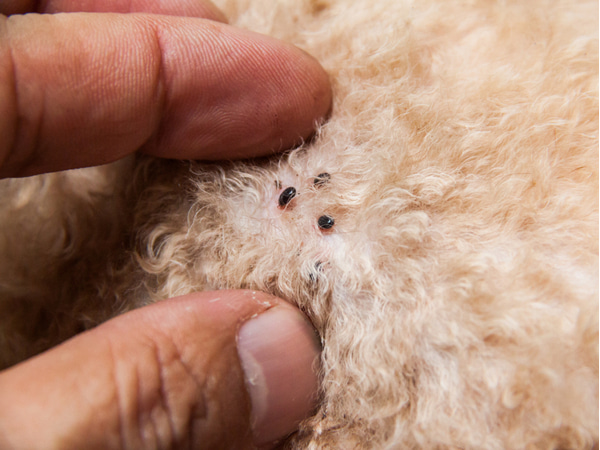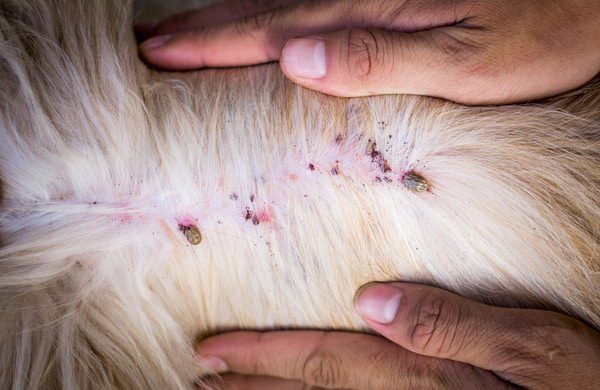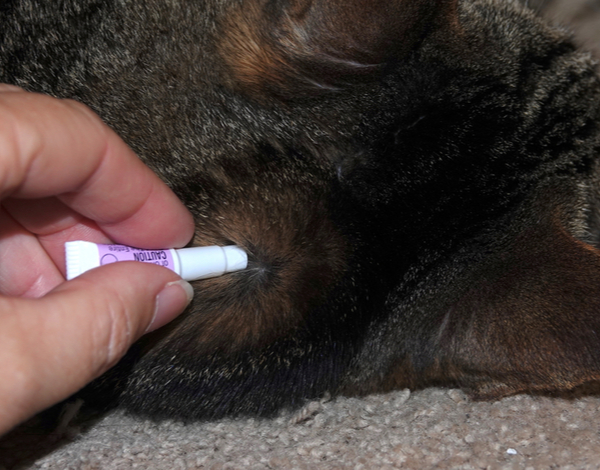Our top pet safety tips for summer By Dr Ari Ende 0 Comment
With summer approaching, now is the perfect time to think about pet safety. At VETaround, we believe in first-class care for every pet, and we know that you want the best for your pet too. It’s why …
Four key facts about animal obesity By Dr Ari Ende 0 Comment
While we all love a pet with character, a chubby dog or cat isn’t always something to smile at. What some pet owners might think of as ‘rounded’ may actually be animal obesity and it’s somethi…








